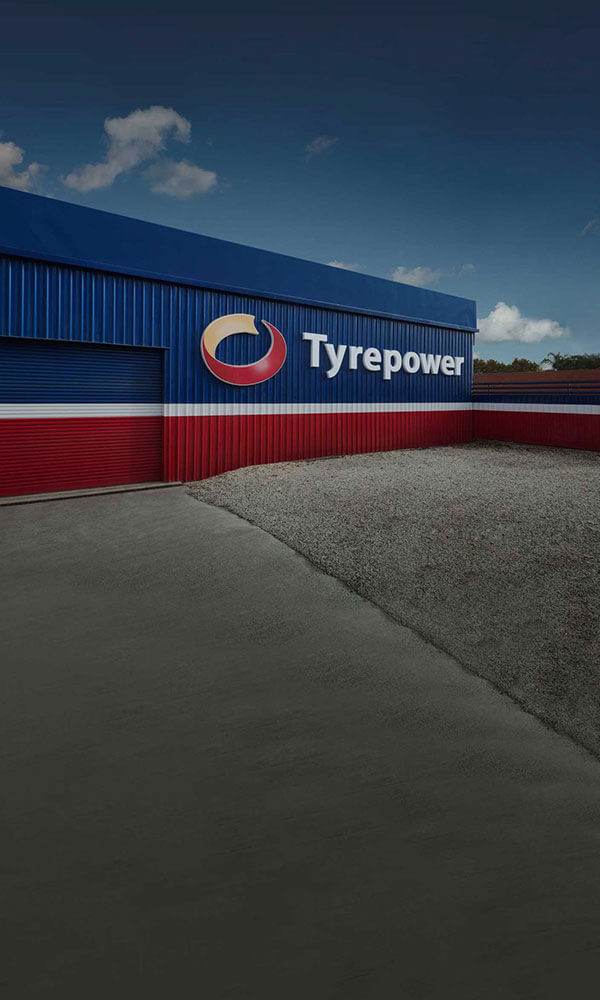What is wheel balancing?

Wheel balancing is the distribution of mass within a vehicle's tyre or the entire wheel on which it is mounted.
Mass-produced products such as tyres and wheels might occasionally have somewhat different weight distributions in different areas thanks to imperfect manufacturing tolerances. This imbalance in weight distribution can cause vibration and shaking while driving.
A wheel balancing service involves measuring the vibration with a special machine and fitting special weights to the wheels to counteract any imbalance, this is referred to as wheel balancing or tyre balancing.
Signs your car needs a wheel balance

There are some symptoms you should be aware of when your wheels are out of balance. These include:
- Rapid or uneven tread wear.
- Steering wheel oscillations, which can occur at certain speeds, whether fast or slow.
- Disturbances, typically lateral and vertical vibrations.
What is involved in wheel balancing?
Tyre or wheel balancing is generally measured in repair shops. This is done by using a calibrated spin balancer. Typically, there are two procedures to follow: static and dynamic balancing.
The spin balancing machine is used to detect if the tyre and wheel have heavy or light regions. After that, wheel weights are added to efficiently disperse the weight to the point where it’s entirely balanced.
Static balancing method
Static tyre balancing machines only measure vibration in a single direction, and that is parallel with the direction of travel. Typically, a static imbalance manifests as an up/and down vibration that can be felt through the body of the vehicle and seats.
Dynamic balancing method
Many modern shops, ours included, use a modern wheel balancing machine that not only detects static imbalances but also what we call dynamic imbalances. Dynamic imbalances aren’t aligned with the centre of gravity of the tyre and wheel.
It sounds complicated, but at the end of the day, a dynamic imbalance can be resolved by not only placing weights around the wheel to correct the imbalance, but the positioning of the weights towards the outer or inner face of the wheel is also important.
How often do you need wheel balancing?
It’s normal for minor tyre manufacturing imperfections to cause unequal weight distribution. As a result, if a balancer's weight detaches from the wheel, the balance can be thrown out. Everyday wear on tyres will also contribute to the imbalance.
Therefore, it’s advisable to have a wheel balancing service every 6 months or every 8,000-10,000km.
Only professionally qualified staff should use the balance machine. They will also instruct trainee technicians on how to use the unit and make the required adjustments.
Your local tyre experts
If you have any doubts about the balance of your wheels, visit Tyrepower Kogarah for expert advice.
Tyrepower Kogarah has the best selection of Pirelli tyres, along with top-tier models from Michelin, Toyo, Dunlop, Cooper, and Maxxis. For the best knowledge and advice on wheel balancing, call today on (02) 9587 3366 or drop into our showroom at 7 Lindsay Street, Rockdale.


